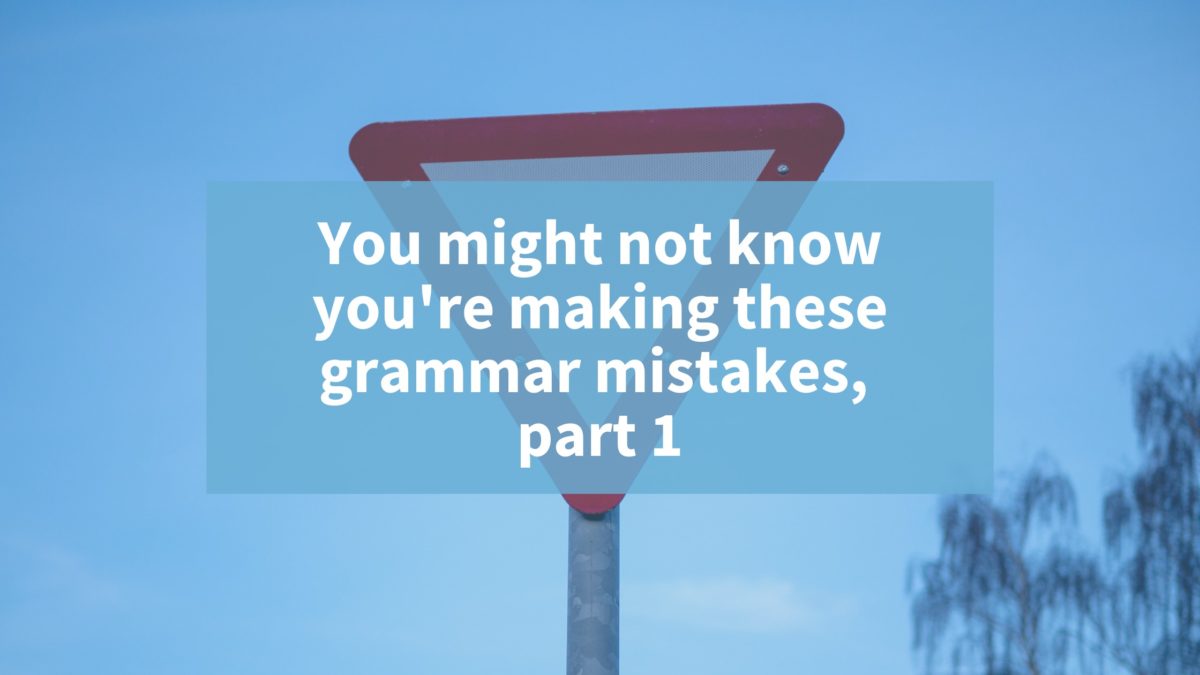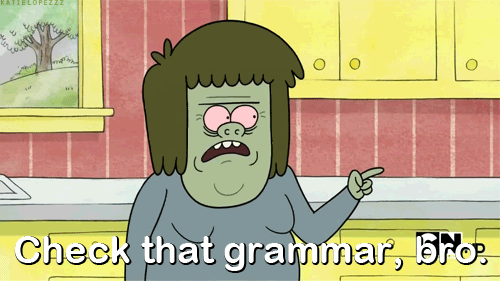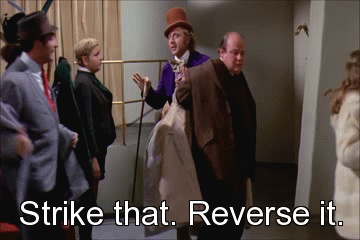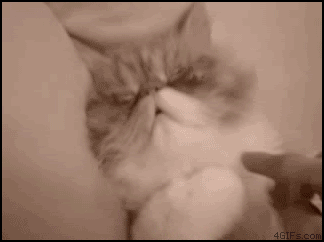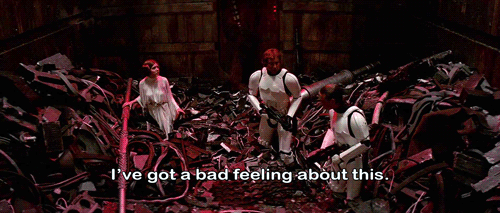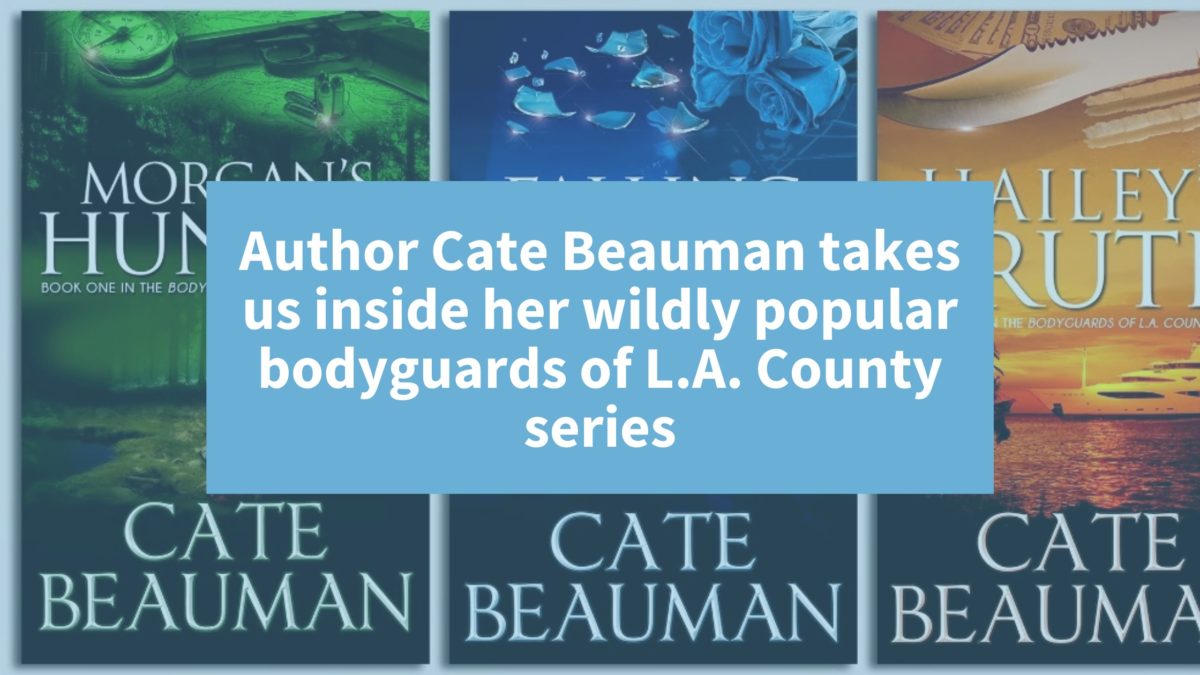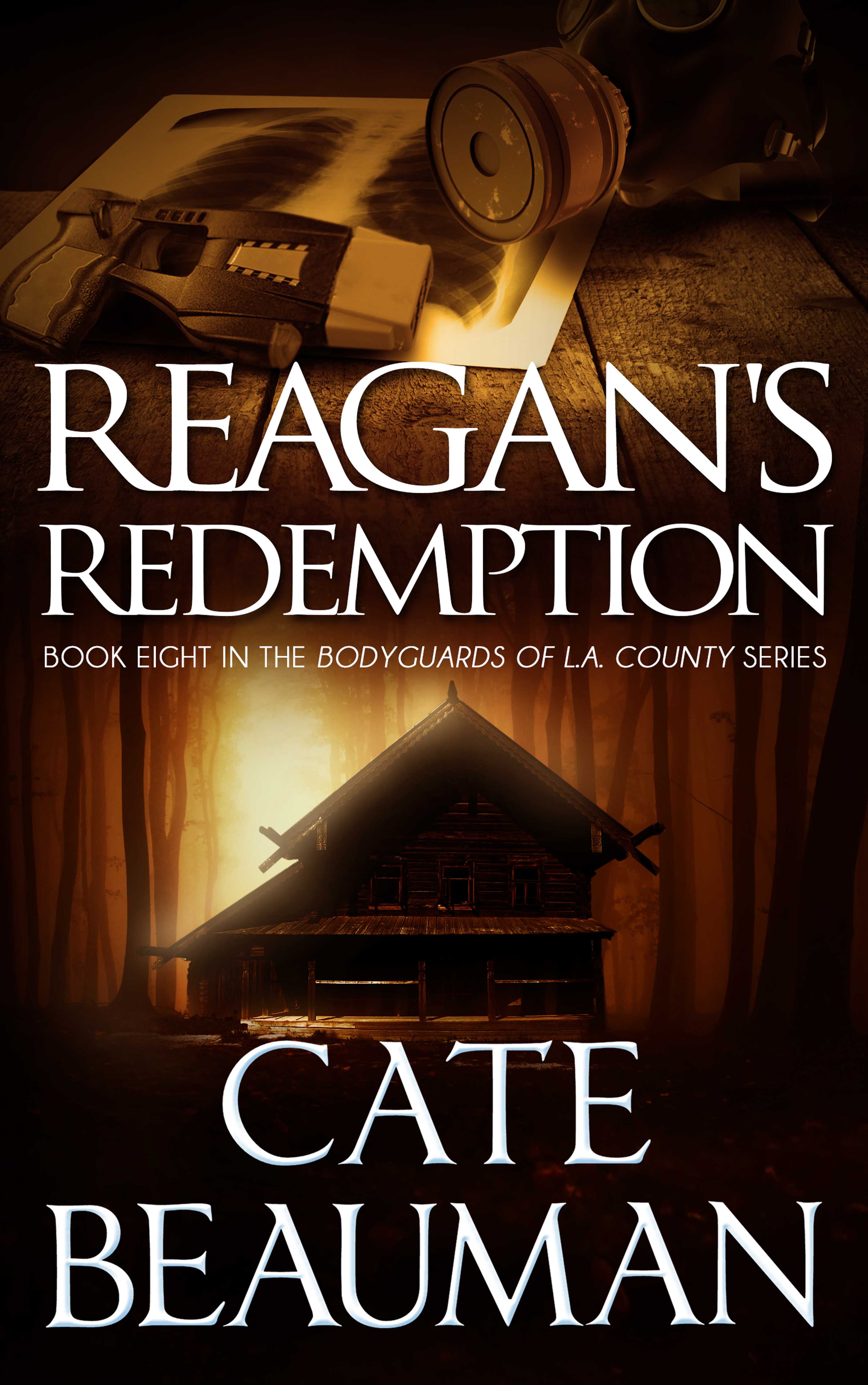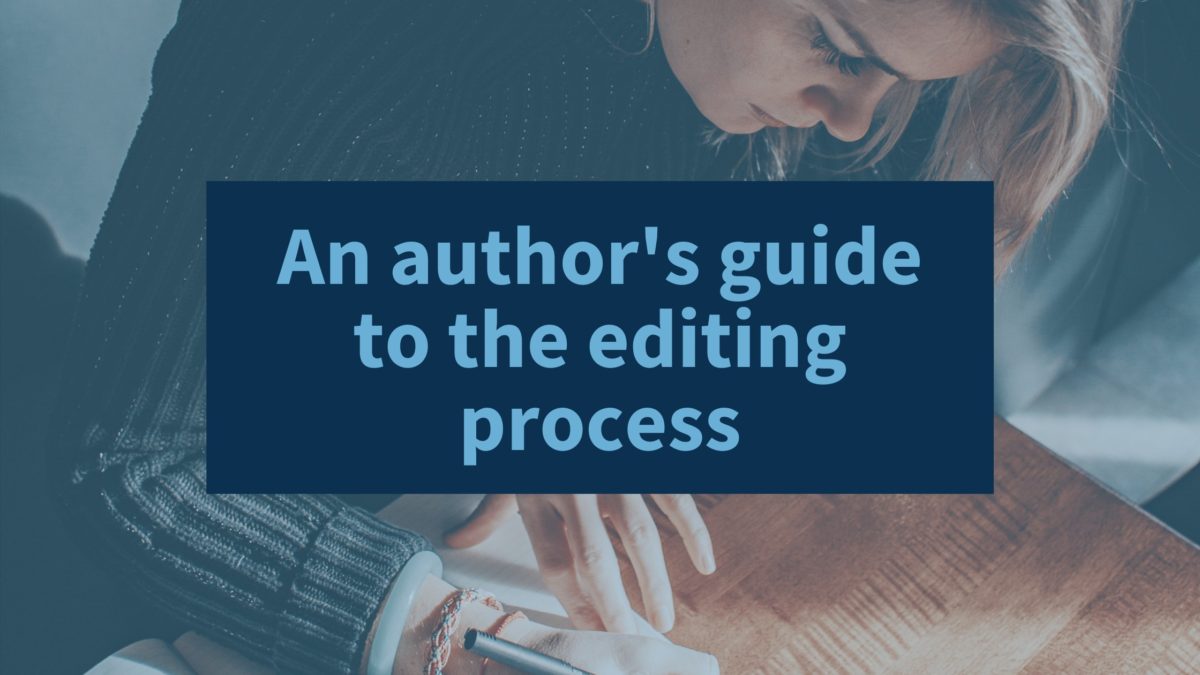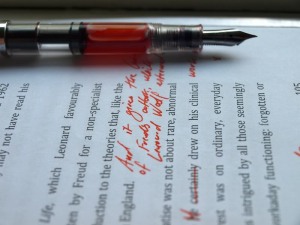Filter words. Think you’ve never heard of them? If you’re an author, I can guarantee you include them in your writing—and often. Filter words can be a big problem for any author, but they are particularly pesky for newer writers who may not be as familiar with the concept just yet. Fear not—we are here to explain what filter words are, why they’re (usually) a problem, and how you can eliminate them in your fiction writing.
What are filter words?
Essentially, filter words (sometimes known as filter phrases) are words a writer uses to show a scene, setting, or situation through a character’s perspective. While that may not sound like a bad thing (and indeed, sometimes it isn’t), there are a few common issues that can crop up with filter words:
- Filter words add a layer or interruption between the reader and the scene you are painting.
- Filter words add a layer or interruption between the reader and the scene you are painting.
- Filter words often make sentences feel clunky or overly wordy.
- Filter words can cause repetition.
Susan Dennard of Pub(lishing) Crawl sums it up nicely: “Filters are words or phrases you tack onto the start of a sentence that show the world as it is filtered through the main character’s eyes.”
Of course you want your reader to live the characters’ experience, but filter words won’t help you. They’re some of the weakest words you can write, in fact, because instead of putting your reader in the character’s shoes, you’re putting another layer between them.
Filter words list
As a book editor, I make it a point to eliminate unnecessary filter words in every manuscript I work on. Susan Dennard provides this list of common filter words to look for, and I’ve added a couple more for good measure:
- to see
- to hear
- to think
- to touch
- to wonder
- to realize
- to watch
- to look
- to seem
- to feel (or feel like)
- can/could/couldn’t
- to decide
- to know
- to sound like
- to notice
- to be able to
- to note
- to experience
- to remember
Filter out the filter words for a stronger narrative.
And these are just the most common ones! To show you their devastation in action, here’s an example of a short, filter-ful paragraph with the filter words bolded:
Maria noticed James had gone silent and was staring past her out the coffee shop window. Turning and looking herself, she saw a beautiful woman on the sidewalk, talking animatedly on a mobile phone. Maria felt a little tug of jealousy, and she turned back around furiously and stared at James, who jumped and looked down at his espresso. She realized he wasn’t blushing, but he seemed uncomfortable. “Who is that?” she asked as she watched his face for any sign of guilt. She wondered if he could ever tell her the truth. She decided right then this would be his last chance to regain her trust.
And here it is reworked slightly with the filter words eliminated:
James had gone silent and was staring past Maria out the coffee shop window. A beautiful woman was outside, talking animatedly on her mobile phone. Jealousy tugged at Maria’s gut, and she glared at James, who jumped and shifted his eyes to his espresso. He wasn’t blushing, but that didn’t mean anything. “Who is that?” she asked. Was he guilty again? Was he even capable of telling the truth? Perhaps he deserved one more chance to regain her trust.
The difference between these two paragraphs is striking. By removing the filter words from a first person narrative, you’ll coax out your narrator’s voice so it rings clearly in the reader’s mind. And regardless of the POV, your reader will feel the experience of your characters more deeply and directly.
How to eliminate filter words in your writing
It’s almost impossible to write a novel manuscript without having some (or many) filter words slip into your text. Reviewing this list ahead of a long writing session, however, will keep them in mind as you are writing, and hopefully help you avoid them as you work.
Unfortunately, there’s no easy way to edit out filter words in your writing. But with a bit of dedication (and time, of course), you can use the trusty “find” function in your writing software of choice to scan for the above phrases. It may not eliminate every instance of filter words, but it’s a great place to start and will help you get a better sense of how often you’re using them.
Sometimes filter words are an essential part of the meaning of the sentence, and in those rare cases, you’ll want to keep them in. But knowing which ones to strike and which to keep requires just a little bit of critical thinking. When you’re editing your own work, ask yourself: What essential information am I leaving out by removing this filter word and/or restructuring the sentence? If the answer is “none,” then put a line through it or hit that delete key.
You may be unable to keep yourself from writing filter words in a first draft, but after a while, filtering out the filters will become second nature—and your manuscripts will be stronger as a result.
For more examples of filter words in action, check out Pub(lishing) Crawl and Write it Sideways.


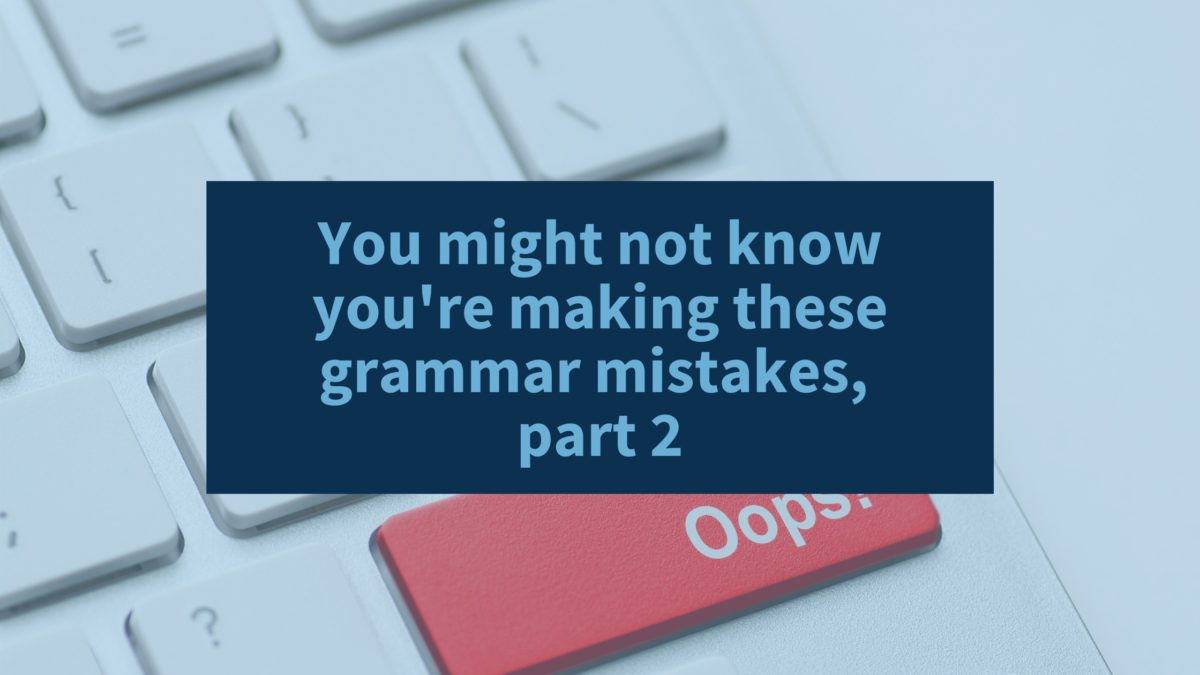
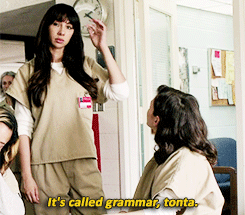
 But when you’re writing fiction, you’ll probably want to avoid the passive voice (except in a few special cases). In order to drive the narrative forward on a sentence-by-sentence basis, you must allow—nay, encourage!—your subjects to own their actions. Here’s an example of passive voice that I might come across when editing fiction:
But when you’re writing fiction, you’ll probably want to avoid the passive voice (except in a few special cases). In order to drive the narrative forward on a sentence-by-sentence basis, you must allow—nay, encourage!—your subjects to own their actions. Here’s an example of passive voice that I might come across when editing fiction: Using a conjunction with a punctuation mark:
Using a conjunction with a punctuation mark: